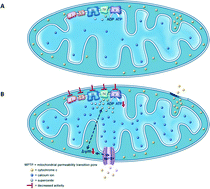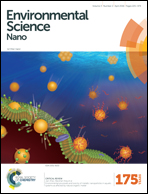A systematic review of evidence for silver nanoparticle-induced mitochondrial toxicity
Abstract
Silver nanoparticles (AgNPs) are extensively used for their antibacterial properties in a diverse set of applications, ranging from the treatment of municipal wastewater to infection control in hospitals. However, the properties of AgNPs that render them conducive to bactericidal use in commerce may influence their potential toxicity to non-bacterial organisms. Based on the physiological and phylogenetic similarities between bacteria and mitochondria within eukaryotic cells, mitochondria are a likely intracellular target of AgNP toxicity. Mitochondria-specific outcomes of AgNP exposures have been identified in multiple cell types, including (but not limited to) loss of membrane potential, inhibition of enzymes involved in oxidative phosphorylation, and changes in calcium sequestration. However, the biological significance of mitochondrial toxicity due to AgNP exposure is currently incompletely understood. This review examines the existing evidence of mitochondrial toxicity induced by AgNP exposure, with discussions of the role of the physicochemical properties of the nanoparticles themselves in mitochondrial toxicity. The impacts of potentially differential cell- and tissue-specific significance of AgNP-induced mitochondrial dysfunction are also discussed.



 Please wait while we load your content...
Please wait while we load your content...